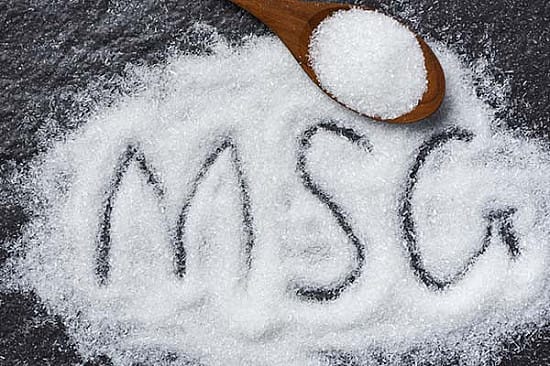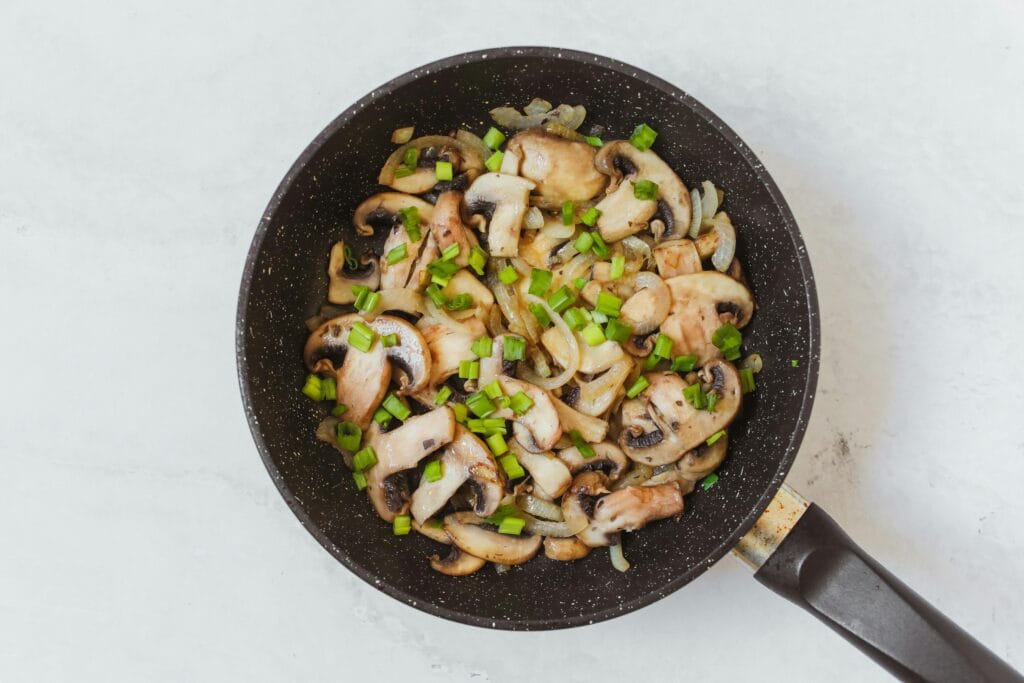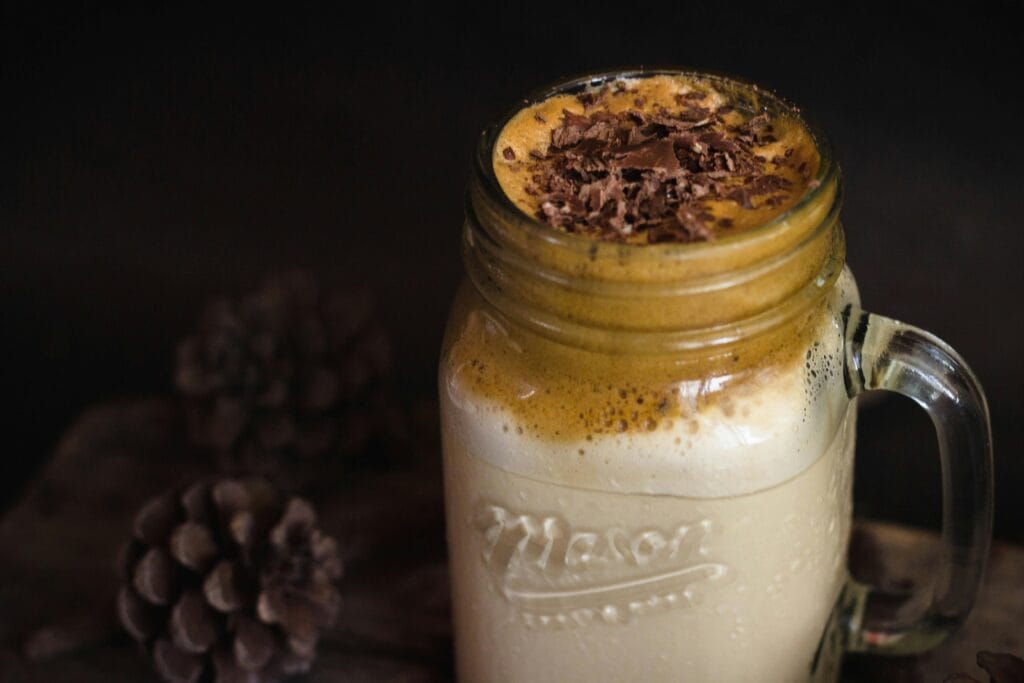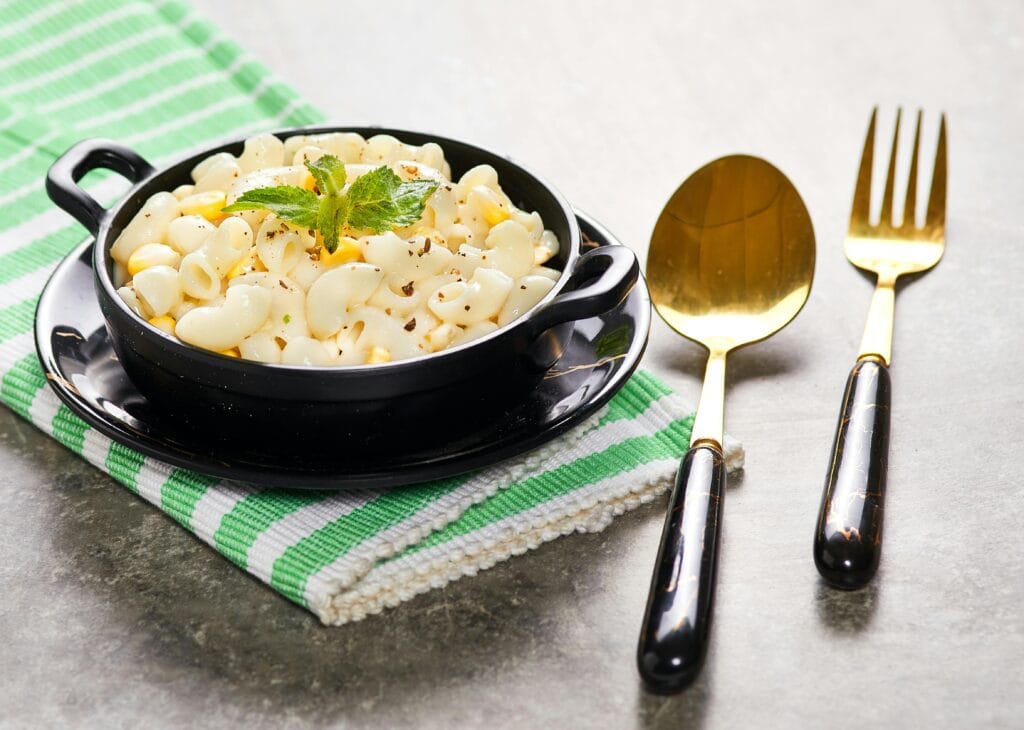Wha is MSG?
MSG is the sodium salt of glutamic acid, one of the most abundant naturally occurring amino acids. Glutamate itself is present in many common foods, including tomatoes, cheese, mushrooms, and even breast milk.
- Chemical Formula: C₅H₈NO₄Na
- Taste Profile: Adds umami (Savory taste), different from sweet, salty, sour, and bitter.
First Discovery: In 1908, Japanese chemist Kikunae Ikeda identified glutamate as the source of deliciousness in seaweed broth. He isolated it, added sodium, and created MSG.
The Role of MSG in Cooking
MSG doesn’t mask flavour — it enhances it. A small amount makes other ingredients taste richer and more balanced.
Culinary Applications:
- Soups & Broths: Adds depth without extra salt.
- Asian Cuisine: Stir-fries, noodles, gravies, and hotpots.
- Snacks: Chips, namkeens, instant noodles, flavoured nuts.
- Processed Foods: Frozen meals, ready sauces, dressings.
- Restaurant Foods: Gravies, fried rice, Indo-Chinese dishes.
Natural Sources of Umami (Similar to MSG):
- Tomatoes
- Soy sauce & miso
- Mushrooms
- Aged cheese like Parmesan
- Seaweed (kombu)
- Safety & Health Effects of MSG
Is MSG Safe?
Yes. Global food safety authorities — including the US FDA, WHO, and FSSAI (India) — classify MSG as “Generally Recognized as Safe (GRAS)”.
The “Chinese Restaurant Syndrome” Myth
In the 1960s, MSG was unfairly blamed for headaches, dizziness, and nausea after eating Chinese food. Research since then has shown no consistent evidence linking MSG to such symptoms in the general population.
Possible Sensitivity
A small minority may experience temporary symptoms if consuming large amounts of MSG on an empty stomach, but this is rare.
Comparison with Salt
MSG contains only one-third the sodium of table salt. Replacing some salt with MSG can help lower sodium intake while maintaining taste.
Benefits of Using MSG
✅ Enhances Flavour: Boosts umami, making dishes more satisfying.
✅ Reduces Sodium Intake: Allows chefs to use less salt.
✅ Cost-Effective: Small amounts improve large portions.
✅ Widely Tested: Over 100 years of safe global use.
Myths vs. Facts About MSG
|
Myth |
Fact |
|
MSG is “artificial” and harmful. |
MSG is made by fermentation, just like vinegar or soy sauce. |
|
MSG causes headaches in most people. |
No scientific evidence supports this for the general population. |
|
Natural glutamate is healthier than MSG. |
Chemically, your body processes them the same way. |
|
MSG is banned in many countries. |
MSG is legal and approved worldwide, including USA, India, EU, Japan. |
MSG in Everyday Foods
You might be eating glutamate daily without realizing it:
- Tomato ketchup
- Pizza & pasta sauces
- Chips & namkeens
- Chinese takeout dishes
- Cheese spreads & soups
Should You Use MSG in Your Kitchen?
For home cooks, MSG can be a secret tool:
- Use a pinch (⅛ to ¼ teaspoon) in soups, curries, or fried rice.
- Combine with salt for balanced seasoning.
- Avoid overuse, as too much may overpower Flavors.
MSG (Monosodium Glutamate) is not a villain but a flavour enhancer that adds depth and richness to food. Backed by science and global approvals, it is safe for most people when consumed in moderation. Like salt or sugar, it should be used wisely.
Instead of fearing MSG, think of it as a culinary tool — one that unlocks the full potential of umami, making food truly irresistible





